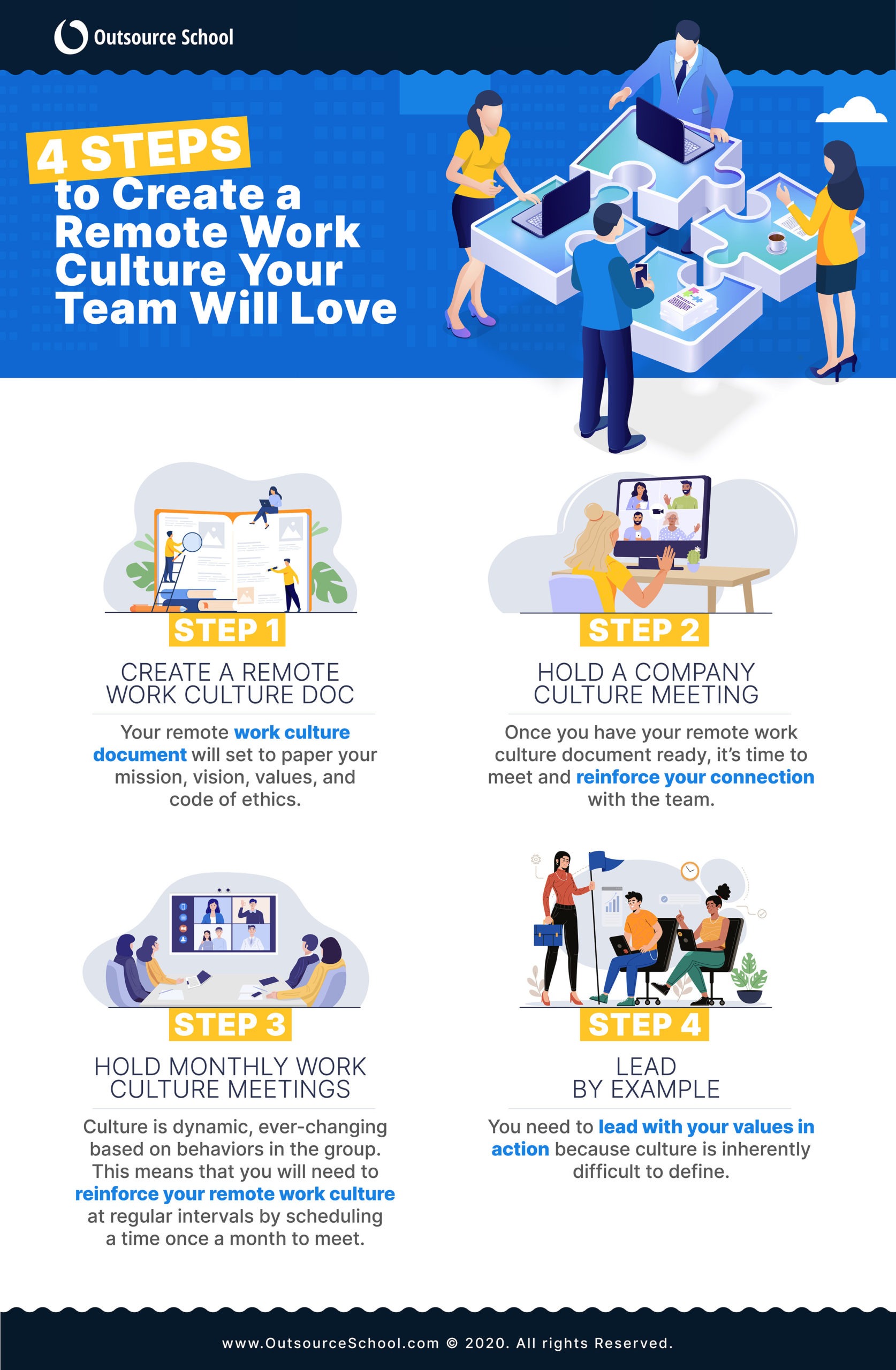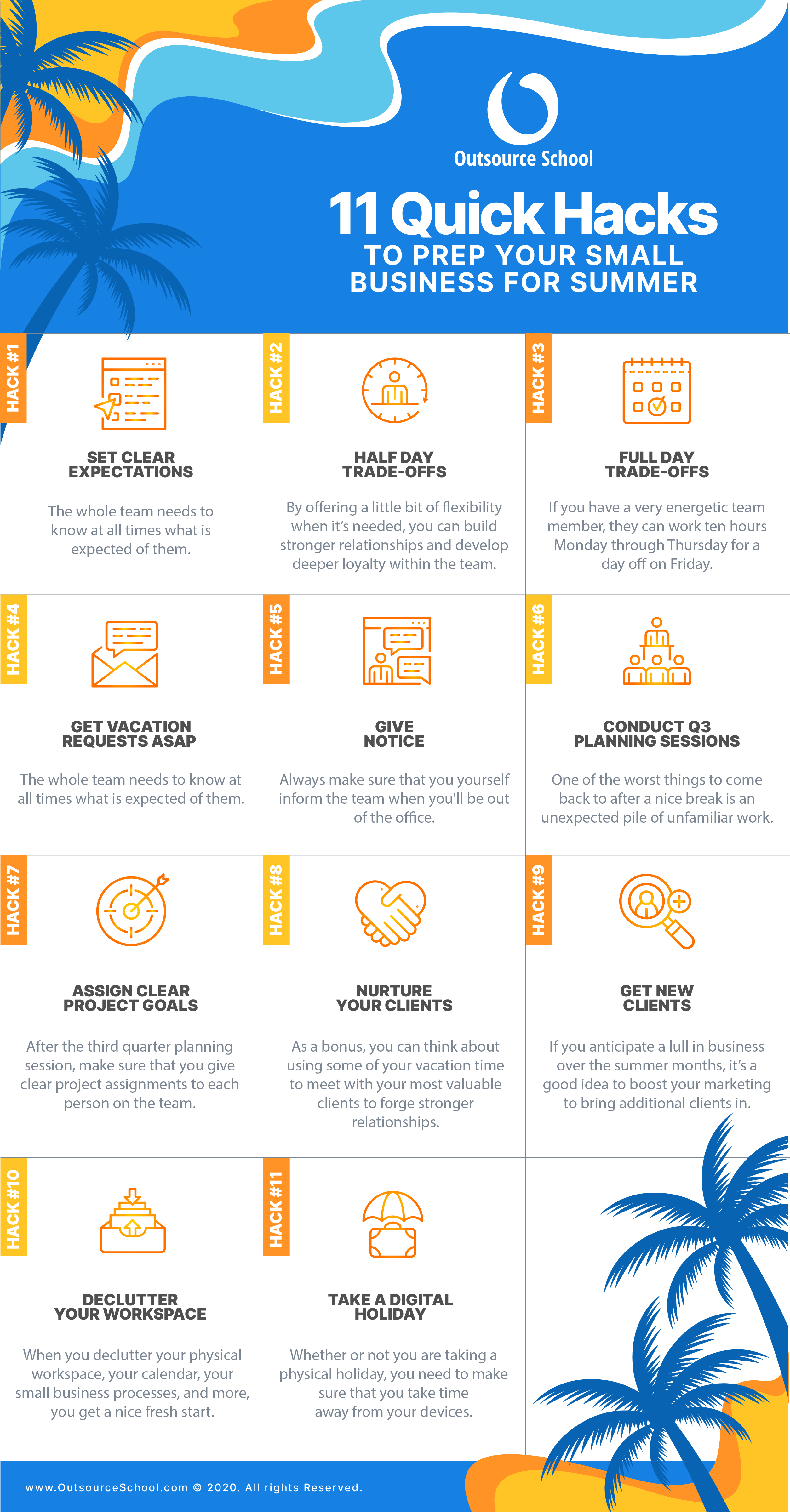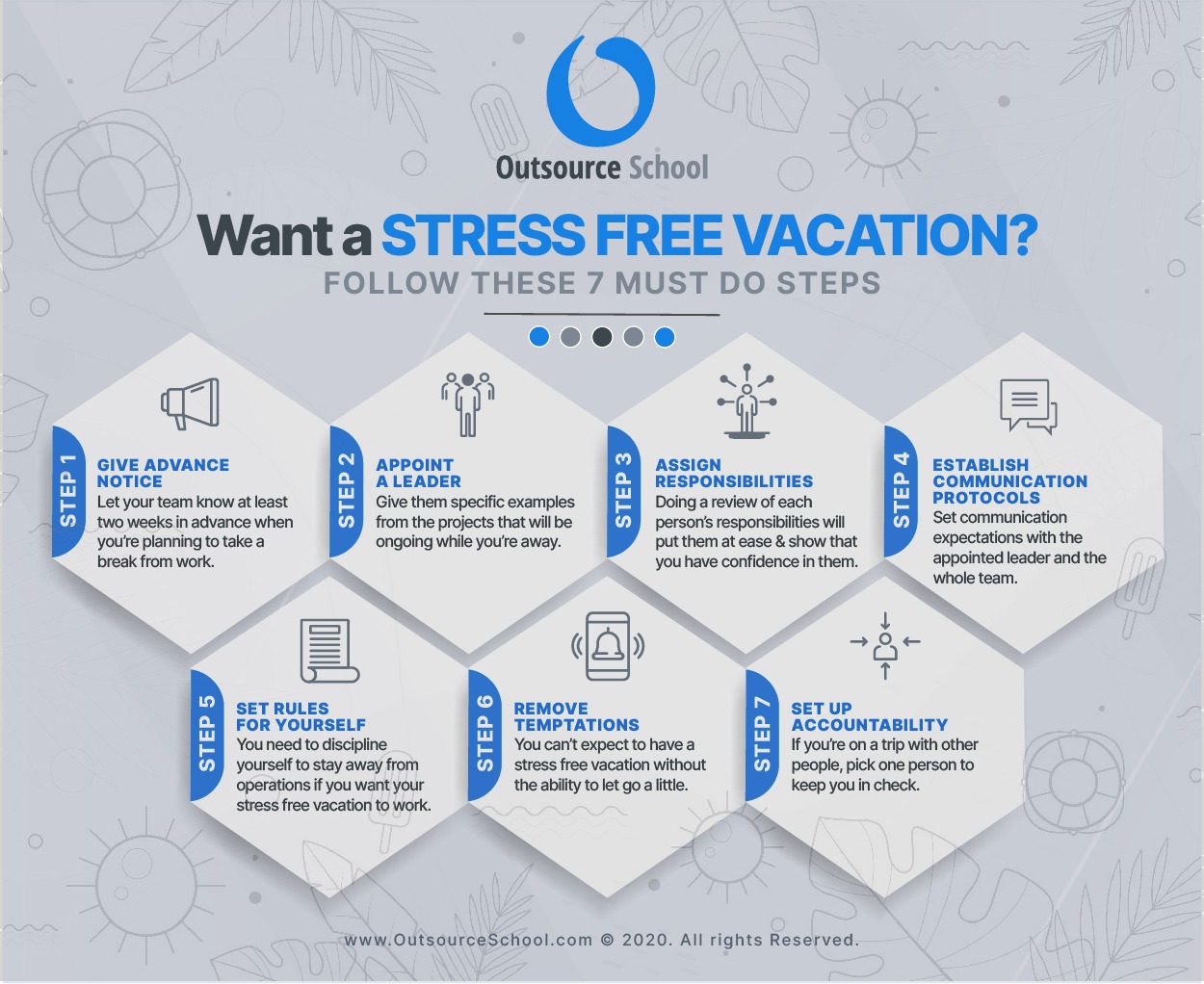No matter how big or small your business is, employee turnover can be a major concern for you. You might have had to make cutbacks or have faced employee dissatisfaction. Whatever the reason for employee turnover, it can have a serious negative impact on your business if it keeps happening.
Employees are a vital part of any business. They form the backbone of its success. Sure, the core leadership is important, too, but your workforce — and how good it is — is what determines your business’s overall performance. Employee turnover has a direct impact, therefore, on management, sales, productivity, and the quality of service delivery.
Employee turnover can happen when hires leave voluntarily, retire, transfer, or are let go by the company. No matter what the various specific reasons might be, there are costs involved. Your business growth can be severely affected depending on how much employee turnover you experience, who is leaving and needs to be replaced, how much training they need before they can perform at the required level, and how long of an adjustment period they need to settle in. Because this affects your capacity to deliver the minimum required services, employee turnover is a highly important issue that needs special attention.
(1) Hurts Culture

High employee turnover signals that you already have a problem with low morale in your workforce. This, in turn, affects engagement and productivity. These problems with employee turnover will just become worse as more people leave. Your business can suffer a continual loss of valuable knowledge and experience, and an eventual loss of confidence in the competence of the team as a whole. When this happens, your work culture suffers. And, when new team members come in, they find a company culture that doesn’t reflect a clear identity or demonstrate a clear collective purpose. This is because culture requires connection, relationship, trust, and commitment to a collective vision. Even if you had that before, you would have lost that by now because of employee turnover.
High employee turnover destroys high-performance culture. Hires feel less safe in this unstable team environment and stop trying to improve their performance. A growth mindset is like oxygen to an A-player, and they build momentum from a stable environment. Losing focus on care and learning and trying to drive hires by fear does not help. Support and respect is the key. Without growth opportunities and stability, people will often lose sight of why their contributions matter, and you will face increasing employee turnover.
To be successful, a business needs to sustain a high-performance culture. This means balancing your efforts so that you can support building on experience, expertise, and performance gains. Then, you also need to manage fresh input to keep the company culture dynamic.
A high-performance culture looks at growth first, which means that it’s an open culture that puts emphasis on learning. It feels safe and supportive, thereby reducing employee turnover. You not only need to create a high-performance culture and training environment in your business; you also have to manage well to encourage hires to stay with you longer and perform at the highest level over time. Wasting your investment in new hires by allowing them to leave when you can make small adjustments to keep them happy and valuable makes no sense.
Remember that if no one enjoys starting work every day, they are not having any fun. Fun is not the main objective of work, but you can’t deny that happy people are healthier, which makes them better at collaborating, and more creative and productive. They also become great brand ambassadors because they talk about how great it is at your company. Maintaining a good work environment helps you to attract more valuable talent that won’t want to leave anytime soon.
(2) Wastes Money and (3) Wastes Time… and More Money

A hire who can bring high value over a long period is immensely valuable. This is because new hires can require years of investment to reach their full potential within your organization. (Of course, if you have an effective hiring process as well as great onboarding and management practices, your hires are more likely to hit the ground running and just keep going. You can also avoid the cost of a bad hire, thereby reducing the risk of high employee turnover overall.)
Hiring a replacement for someone who quit, retired, or was transferred or terminated can cost you up to 33 percent of that person’s annual salary. This includes:
- Hiring costs, which is made up of costs like the fees you are paying to recruiters, online hiring marketplaces, or human resources advertising;
- Interview expenses, such as travel (where applicable) and time spent checking references, interviewing, administering pre-employment tests, onboarding, and training; and,
- Direct employment costs, including signing bonuses, relocation expenses, and new equipment.
Just the cost of training a new hire for a specific role can be high in itself. Consider what you spend on administrative processing, preparing training materials, and getting them enrolled to receive the required benefits. Consider as well that hiring from outside your organization can mean 18-20% more in salary than hiring from within the existing ranks. You may also have to pay for the former hire’s paid time off, plus the overtime pay that you will owe to the team members who need to pick up the slack while you’re looking for a replacement.
It can take you about two to three months to replace a hire, not including the additional one or two months that it will take them to fully settle in and be highly productive within their role. In terms of losses during that period, this can cost you about 25% of what the previous hire was bringing in, for the next three months or so. That’s not chump change.
You should not ignore the additional costs that you suffer in the first two months or so. You and whoever takes on training have to invest time, which is taken away from work that brings in money. Plus, when you ask your best employees to take on additional tasks, they can burn out. They are likely already working at full capacity, and will get stressed about overtime and doing stuff that’s not part of their usual duties. If they are also being asked to show the new hire the ropes, this is yet another burden.
Then you have to spend more time with the rest of the team to make sure that they are dealing well with the exit of the former hire. Otherwise, employee turnover can seriously damage morale. This is especially true if the person had close relationships with other team members. You want to make sure that you are helping them cope and avoid any feelings of resentment that can lead to them to wonder if they should jet, too.
If you want to see just how much employee turnover is for you, try the Adecco or Bonusly calculator. It’s sobering!
(4) Experience and Productivity Losses

Several growth issues, some related to productivity, have already been discussed above. But I have to make special mention here of how employee turnover can hurt you specifically in the area of experience and productivity. Your business can suffer a great loss in terms of experienced employees being replaced by new hires and productivity falling due to gaps created by employee turnover.
First, you will suffer the loss of valuable knowledge and experience. I cannot say enough about how damaging it is to invest in growth and then lose it when experience walks out the door. This includes the loss of people who already know all of your policies and goals and how to perform in their individual roles to achieve these goals. Second, high employee turnover ruins the balance in the organization and causes performance to suffer all around. This is because you lose your performance advantages when continuing team development is interrupted. The loss is not limited to the person who left, but extends to everyone who is affected by that person no longer being around.
Employee turnover causes a business to lose their ability to ensure knowledge continuity. People become more valuable and more satisfied when they can grow in terms of their experience, expertise, and collaboration. When you lose this, it takes away your competitive edge, agility, and readiness for the future. It’s like a leak in your gas tank. You have to keep filling it because you keep losing it, and that costs you a lot over the long term, and can get increasingly costly as the hole gets bigger.
Every business must accept the losses incurred from retirement. But people who exit your company because they are retiring form maybe only about ten percent of the whole. If you look at your employee turnover statistics — which you really should be keeping an eye on! — you will probably find that more than half are resignations. This can go higher depending on how great of a workplace environment you have. And, depending on how great of a hiring, onboarding, training, and management process you maintain, about a third of employee turnover can be from the people you have to let go.
If you are losing valuable knowledge, experience, and productivity from things that you can control, that’s a real eye-opener. You don’t have to pay ninety percent of this high price if you decide to do determined work on fixing your company culture and processes.
Note that if you are a smaller company with fewer people, your losses can be significantly higher. This is because you probably have people taking on a variety of different roles, or at least several different tasks spread across different departments. This makes it especially difficult for you to replace one of these people when they leave. The widespread gaps then create a more serious problem. Again, much of this can be avoided with a better hiring process. In this case, you need to consider focusing on bringing more people in to do specialized work instead of putting all your eggs in one basket.
Employee Turnover Kills
These are just the four major ways that employee turnover can affect your business. And I did not even discuss all the specific cases and their various negative effects. For instance, there may be cases where you will face litigation or legal disputes. You need to assess the specific risks that your business faces so that you can properly prepare to handle employee turnover.
Start today by thinking about the pain points of your team members. Schedule time to meet with your existing team members so you can see what’s bothering them and what you can do to improve things. Make an effort to understand what affects them in terms of lack of recognition, conflicts with management, interpersonal issues, difficulty dealing with clients, and workload problems, to name a few. Then make it a point to do this regularly to keep things in tip top shape.
Would you like to know how to be certain who your next hire should be? Or maybe you are having a hard time deciding what parts of your business can be outsourced with virtual assistants, right now. We can help you answer these questions, and help you to discover what new systems you should add to scale your business faster. Set up a free hiring consultation with us at Outsource School today – simply book here!



















































